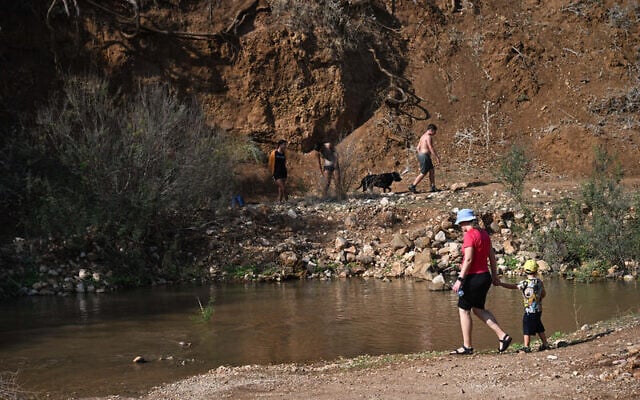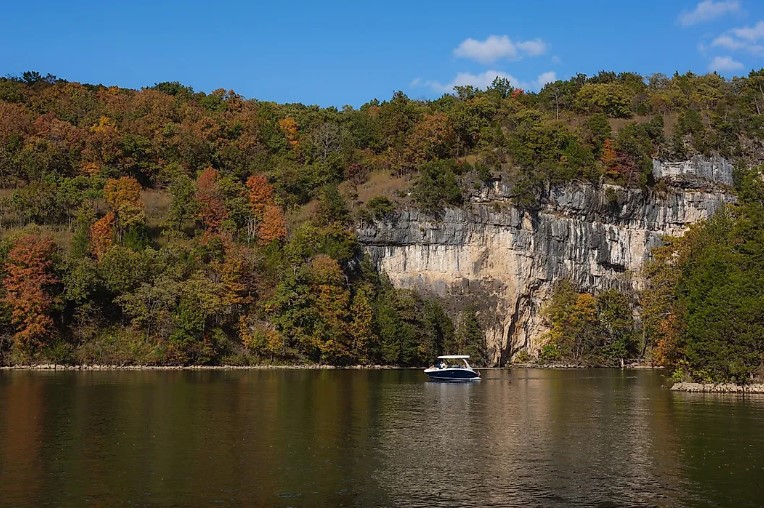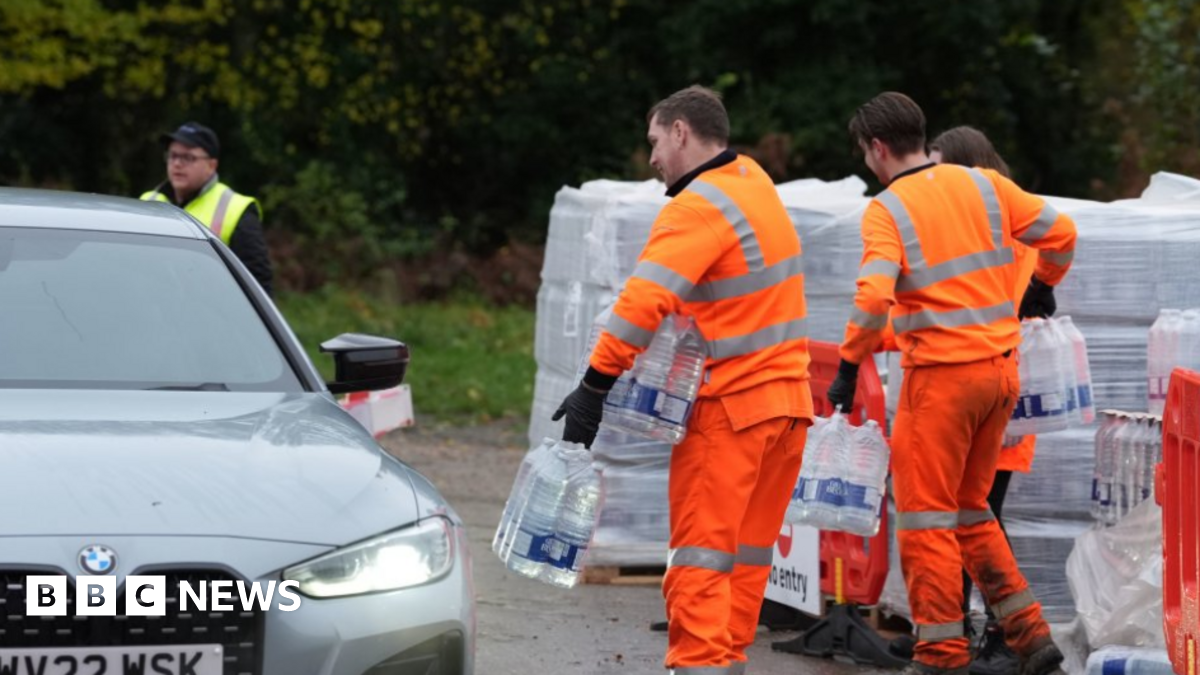Ron DeSantis appoints Tom Morgan to Northwest Florida Water Management District – Florida Politics

Appointment of Tom Morgan to Northwest Florida Water Management District and Implications for Sustainable Development Goals
Executive Summary
Governor Ron DeSantis has appointed Tom Morgan to the Governing Board of the Northwest Florida Water Management District. This appointment is pending confirmation by the Florida Senate. Mr. Morgan’s extensive background in both large-scale real estate development and local small business ownership is positioned to influence regional water policy, directly impacting the advancement of several United Nations Sustainable Development Goals (SDGs), particularly those related to water, ecosystems, and sustainable communities.
Appointee Profile and Experience
- Current Position: Owner, Apalach Outfitters, a local business in the coastal community of Apalachicola.
- Previous Position: President of Residential Development, St. Joe Co., one of Florida’s largest real estate developers.
- Education: Bachelor’s degree from the University of Mississippi.
Mr. Morgan’s dual experience provides a unique perspective on balancing economic development with environmental conservation, a central challenge in achieving sustainable growth.
Mandate of the Northwest Florida Water Management District
The District’s responsibilities are foundational to regional sustainability and align with global environmental targets. Its jurisdiction and duties include:
- Geographic Scope: Oversight of water resources across 11,305 square miles and 16 counties, serving approximately 1.5 million residents.
- Resource Management: Protection, planning, and management of rivers, springs, wetlands, and aquifer systems.
- Regulatory Functions: Overseeing permitting, land conservation, environmental restoration, and stormwater planning.
- Community Resilience: Supporting drinking water availability and managing flood risks.
Alignment with Sustainable Development Goals (SDGs)
The appointment and the District’s work are intrinsically linked to the following SDGs:
- SDG 6: Clean Water and Sanitation: The District’s core mission is to ensure the availability and sustainable management of water. Its activities in protecting water supplies, restoring natural systems, and managing water quality directly contribute to achieving SDG 6 targets for the region.
- SDG 11: Sustainable Cities and Communities: By managing water resources and flood risks for a growing population, the District plays a critical role in making communities inclusive, safe, resilient, and sustainable. Mr. Morgan’s background in residential development provides direct experience with the pressures of urbanization on water infrastructure.
- SDG 14: Life Below Water & SDG 15: Life on Land: The District’s mandate to protect rivers, springs, and wetlands is vital for the health of terrestrial ecosystems (SDG 15) and the coastal and marine ecosystems into which these freshwater systems flow (SDG 14).
- SDG 17: Partnerships for the Goals: This appointment represents a multi-stakeholder approach, bringing private sector development and small business perspectives into a public governance framework to foster effective partnerships for sustainable water management.
Analysis of Sustainable Development Goals in the Article
1. Which SDGs are addressed or connected to the issues highlighted in the article?
-
SDG 6: Clean Water and Sanitation
This is the most prominent SDG related to the article. The entire text focuses on the appointment to the Northwest Florida Water Management District, an entity whose core mission is to oversee water resources. The article states the district is responsible for “protection, planning and management of water supplies,” “protecting natural systems,” and “supporting drinking water availability,” which are central to SDG 6.
-
SDG 11: Sustainable Cities and Communities
The article connects water management to community well-being and safety. The district’s role in “managing flood risks” and “stormwater planning” directly contributes to making communities safer and more resilient, which is a key aspect of SDG 11.
-
SDG 15: Life on Land
The functions of the water management district described in the article are directly linked to the protection of terrestrial and freshwater ecosystems. The text highlights responsibilities such as “land conservation,” “environmental restoration,” and making policy decisions that affect “rivers, springs, wetlands and aquifer systems that supply water to… ecosystems,” all of which fall under the purview of SDG 15.
2. What specific targets under those SDGs can be identified based on the article’s content?
-
Target 6.5: Implement integrated water resources management
The article describes the Northwest Florida Water Management District as a body that “oversees water resources across a broad section of the state” and is “responsible for shaping water policy and managing conservation efforts.” This describes a system of integrated water resources management at a regional level, which is the goal of Target 6.5.
-
Target 6.6: Protect and restore water-related ecosystems
The district’s mandate includes “protecting natural systems,” “land conservation,” “environmental restoration,” and guiding policies for “rivers, springs, wetlands and aquifer systems.” These activities directly align with the objective of protecting and restoring water-related ecosystems as stated in Target 6.6.
-
Target 11.5: Reduce the adverse effects of natural disasters
The article explicitly mentions that water management districts play a key role in “managing flood risks” and “stormwater planning.” These actions are aimed at mitigating the impact of water-related disasters on communities, which is the focus of Target 11.5.
-
Target 15.1: Ensure the conservation and restoration of freshwater ecosystems
The district’s responsibility for “land conservation” and “environmental restoration” of “rivers, springs, wetlands and aquifer systems” directly supports the conservation and sustainable use of inland freshwater ecosystems, as outlined in Target 15.1.
3. Are there any indicators mentioned or implied in the article that can be used to measure progress towards the identified targets?
The article does not mention official SDG indicators, but it implies several ways progress could be measured based on the district’s responsibilities:
-
Policies and Plans for Water Management
The article states the board is “responsible for shaping water policy.” The development, adoption, and implementation of these policies serve as a direct indicator of progress in integrated water resources management (Target 6.5).
-
Environmental Restoration and Conservation Projects
The mention of “land conservation” and “environmental restoration” as key functions implies that the number of projects undertaken, the total area of land conserved, or the acreage of restored wetlands and springs could be used as indicators to measure the protection of water-related ecosystems (Targets 6.6 and 15.1).
-
Flood and Stormwater Management Infrastructure
The responsibility for “managing flood risks” and “stormwater planning” suggests that the implementation of stormwater management plans or the construction of flood mitigation infrastructure would be practical indicators of progress toward making communities more resilient to water-related disasters (Target 11.5).
4. SDGs, Targets, and Indicators Table
| SDGs | Targets | Indicators (Implied from the article) |
|---|---|---|
| SDG 6: Clean Water and Sanitation | Target 6.5: Implement integrated water resources management.
Target 6.6: Protect and restore water-related ecosystems. |
– The existence and functioning of the Water Management District as a governing body. – The creation and implementation of water policies. – Number and scale of environmental restoration projects for rivers, springs, and wetlands. |
| SDG 11: Sustainable Cities and Communities | Target 11.5: Reduce the adverse effects of natural disasters. | – Development and execution of stormwater and flood risk management plans. |
| SDG 15: Life on Land | Target 15.1: Ensure the conservation and restoration of freshwater ecosystems. | – Area of land acquired for conservation. – Policies affecting wetlands, rivers, and aquifer systems. |
Source: floridapolitics.com
What is Your Reaction?
 Like
0
Like
0
 Dislike
0
Dislike
0
 Love
0
Love
0
 Funny
0
Funny
0
 Angry
0
Angry
0
 Sad
0
Sad
0
 Wow
0
Wow
0




















































.jpg.webp?itok=0ZsAnae9#)

























